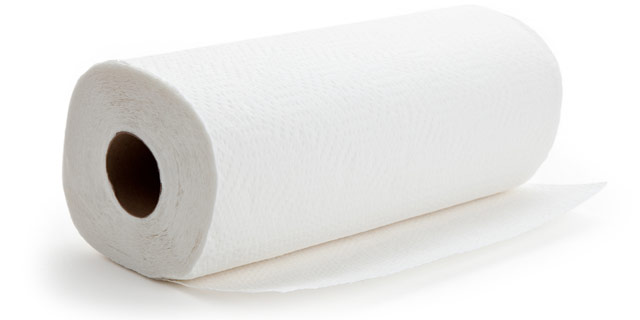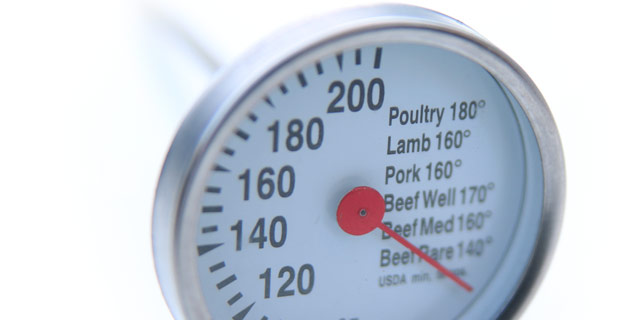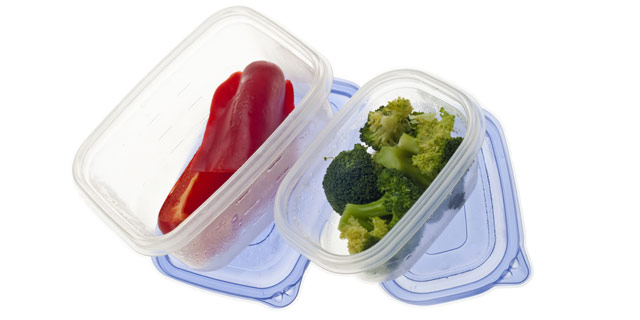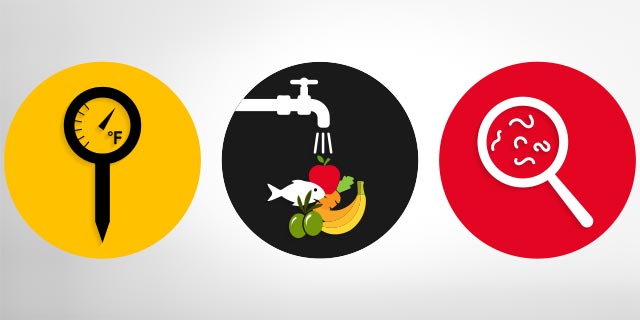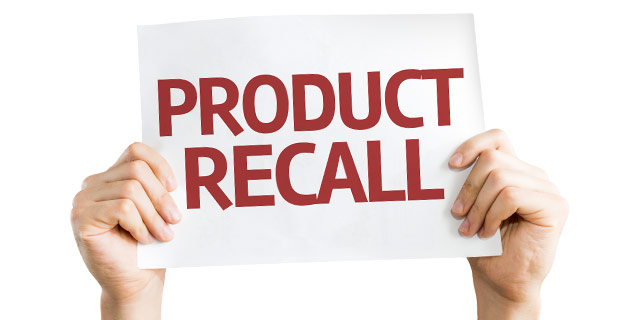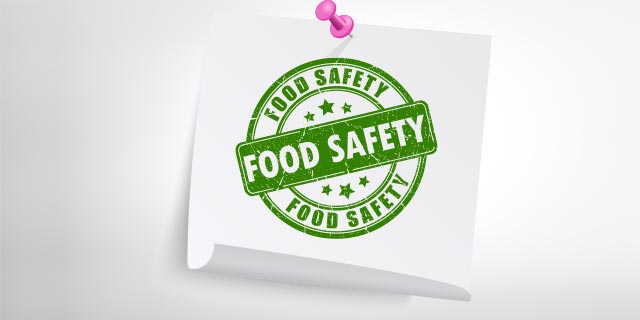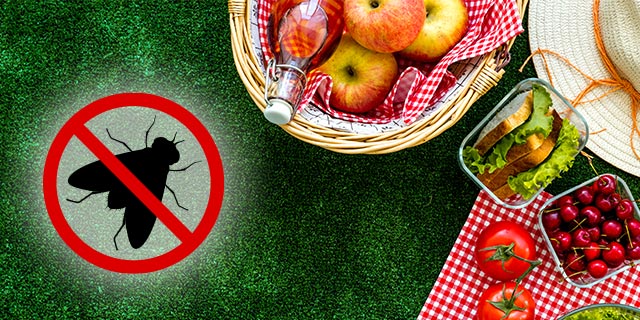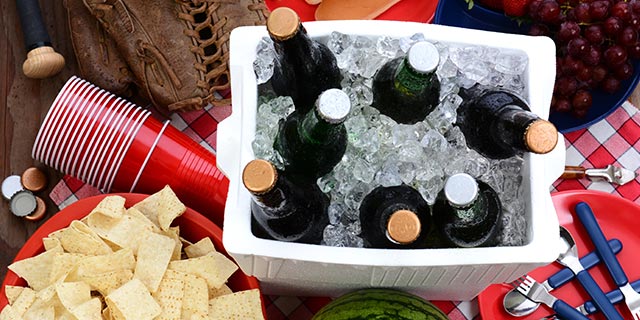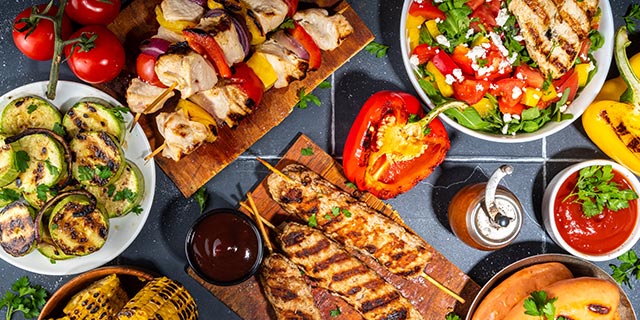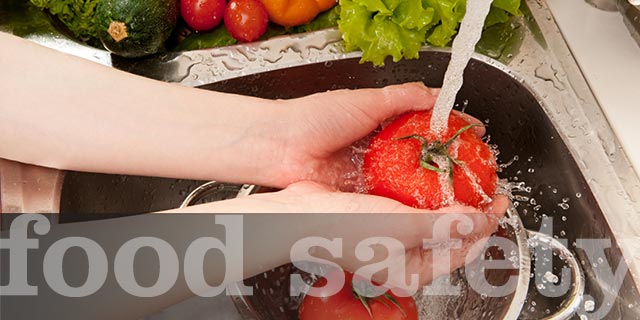

Food Safety
Your health and safety is our priority
At Cash Wise your health and safety is our priority. We go above and beyond to make sure our products are safe, healthy and handled with the utmost care. For more information about food safety and food handling tips take a look at categories below.
